Garri processing, it's challenges and blessings
Processing garri from the raw material to the finished product can be very difficult especially when the whole processes are done manually. After a long while, my family and I decided to process cassava from the scratch to the finish. You can't belief the challenges we had to go through before finally achieving the end result, but the blessings outweigh the difficulties.
Harvesting the raw material
On Sunday, we decided to go to the farm and harvest our cassava. Yes, we have a farm where we planted cassava last year. For sometimes now, I have been there but we had been planning to go and harvest it so that it won't spoil. This past Sunday happened to be a day we made up our minds to finally go there. We went as a family. Upon getting there, it was bushy somehow but we managed to get in there.
After locating a place to keep out belongings which included the wheelbarrow and water we had gone with, we began the harvesting proper. We only went there with one cutlass, 2 holes and a shovel. These are what we had at home and we didn't want to borrow from our neighbours.
Harvesting these cassavas was somehow difficult because some made there way deep into the ground such that pulling them out made them cut into twos and you need to dig the group to remove the part that didn't come out with you. Considering the fact that we only went with one cutlass, we had to wait for the next person to finish up to pass the cutlass.
How we were harvesting was first to cut off the stem which is long to enable us pull out the cassava holding the stump that is remaining. After harvesting each one, we made sure to replant the stem so it could grow again pending when we will go back to do a thorough planning.
We follow particular order to harvest the cassava and that is harvesting one part of the farm instead of moving about. We were able to harvest just one quarter of the farm. The yield wasn't that bountiful but we were grateful for what we got. We were able to round up when the kids complained of hunger and tiredness after exhausting the water we had gone with.
We bagged the ones we harvested into 3 bags that can be carried on our head to the road where the wheelbarrow can be able to be pushed as everywhere was bushy and difficult to push the barrow.
On our way home, it began raining and we had to take cover in a nearby building. But when it became obvious that the rain wasn't going to stop soon, we went home in it and we were all soaked up.
Peeling the cassava
At home, we sat down to peel then cassava we had harvested. We were very fast that before long, we were done already. Everyone joined hands and that was why it was that easy but not without challenges. Yes, while peeling the cassava, each of us had moments of pain occasioned by buts. Yes, since the peeling involved using kitchen knife to remove the outer layers of the cassava, we faced the risks of cutting through our flesh. I was also one of them and mi e was even deeper than that of others. Theirs didn't cause blood to flow out since the knife only cut the outermost layers of their flesh. But mine cut so deep that blood rushed out. Ant it was just when I was rounding up the peeling. It hurts so much that I quickly jumped up and went outside to look for first aid in the form of leaf.
Yes, I reached out to bitter leaf, squeezed it, making sure that the water came out, I then placed it on the cut are and hold with my finger, that way, I was able to control the blood flow and with time, the pain relieved me but I wasn't able to use that hand for anything again that day.
What was left was to wash the cassava and take them to the mill for grinding and pressing.
My kids and husband were able to assist with the remaining. Upon getting to the mill, they were told that they don't grate cassava on a Sunday, that they had to go back and return in the morning. That was what they did. My husband went for it on Monday morning while I went out for my fitness activities.
Making what we call Akara Iwa from the grated cassava
My kids reminded me of the need to make Akara using the grated cassava. We were supposed to do that that Sunday evening had it been the cassava was grated. However, because of the cravings, we decision harvest a little cassava from the garden at home though the cassavas still tender. With it, I was able to blend it and fried the little I could which still left us with much cravings.
On Monday evening, we harvested more cassava which was bigger in quantity than the previous ones, then blended them with my blender at home, squeezed the water out, added fresh pepper, onion, salt and a very little seasoning cube and then used fresh Palm oil to fry them after molding and flattening them in smaller sizes. It came out really yummy and crunchy and we all enjoyed it. Each bite reminded me of those days back my home town when my mother used to prepare them for us. In fact, this is part of the blessing cassava processing.
Frying the garri
On Tuesday morning, the grated cassava was ready to be fried. While my husband was making the fire, I was busy shifting the dried grated cassava to separate the chaff from the main food. As soon as the fire was ready, the frying began in earnest with my husband taking the lead. I was busy making the fire for him, reducing the heat when it was much and adding firewood to increase the fire when need be. At a point I wanted to take over from him, he only allowed me to fry a little so that my eyes won't be affected considering my eye challenges.
On the whole, it was about 7 pots that we fried, thereby completing the process of garri making.
The joy we have processing this garri ourselves remains untold. Reason being that buying it from the market is costly and you it will be difficult to get a good one like the one processed on your own. This one is free from sand which we usually see in the ones sold in the market. What a great joy and achievement!
Not minding the knife cut, the harvesting difficulties, the smoke while frying, the outcome is overwhelming. We got about 4 custard buckets of garri which when weight, can weigh upto 16 kgs and when bought from the market, can cost about N14000 which is about 70 steem at the current price. It's amazing!
With this garri at home, we can eat it with any soup of our choice, drink it or even chew it. There is much confidence at home as a mother when garri is available. Ask garri lovers, they will understand better.
Gallery showing the harvest period and carriage
| the yield | 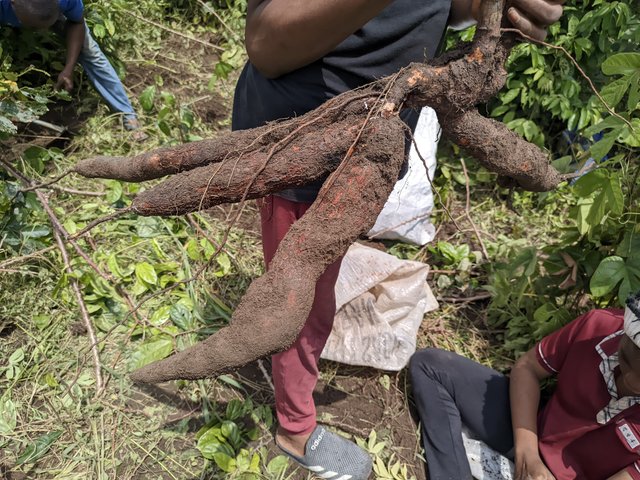 |
|---|---|
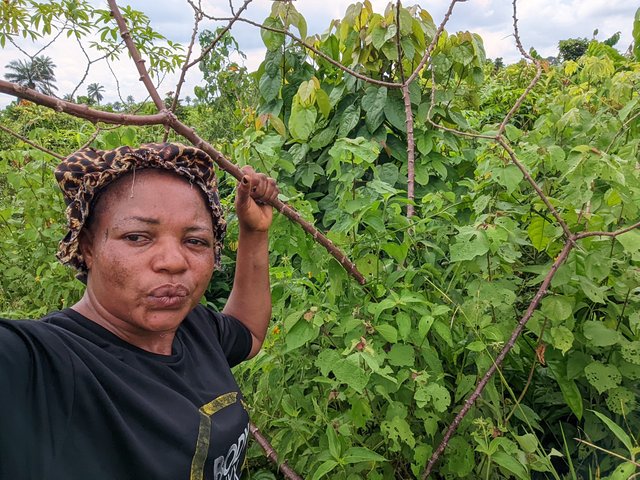 | while harvesting the cassava in the bushy farm |
| While waiting for others to come out | 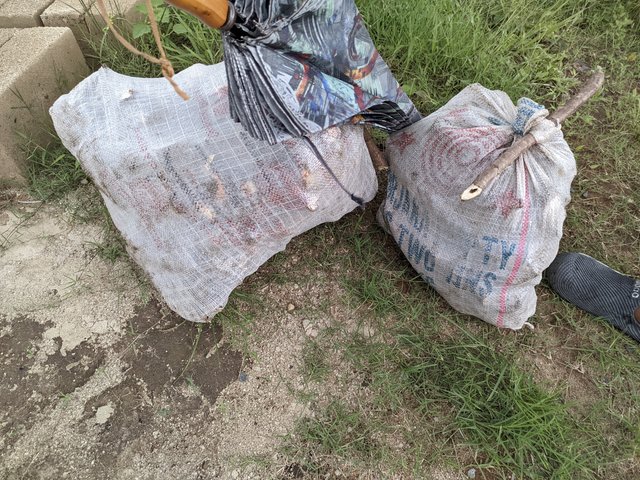 |
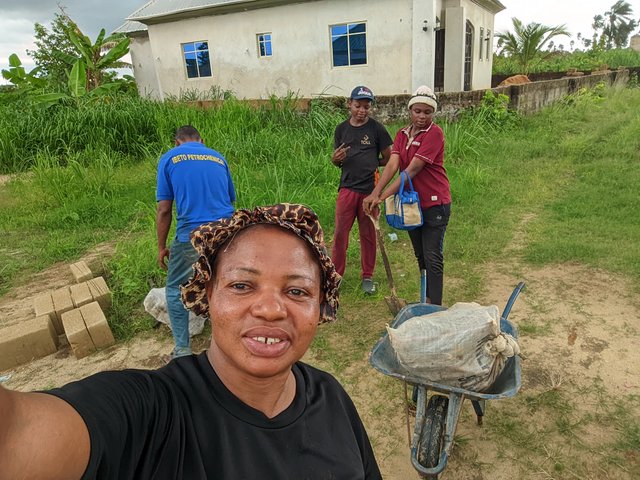 | transloading into the wheelbarrow |
| The cassava in the wheelbarrow | 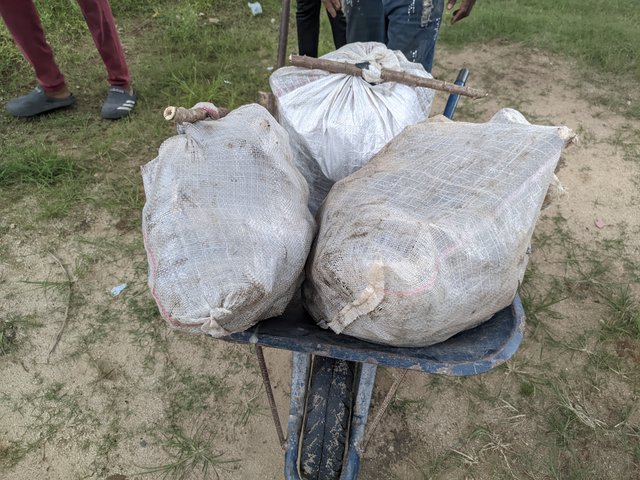 |
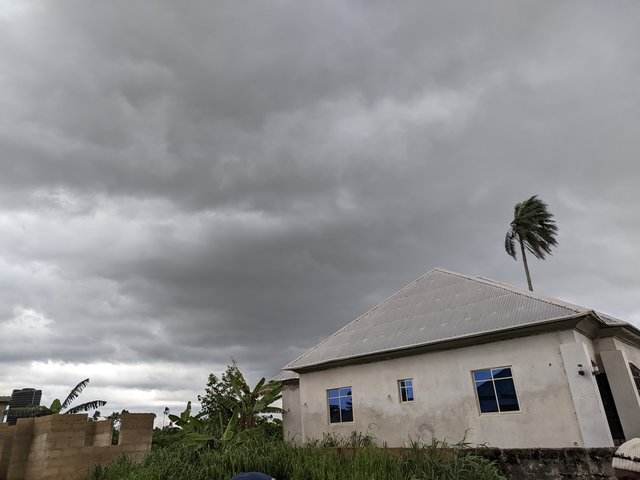 | the gloomy sky |
Gallery showing the peeling session
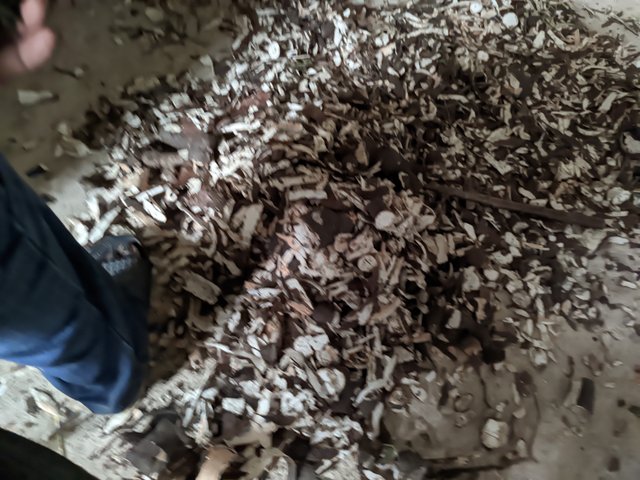 | the outer layers of the cassava that has been peeled off |
|---|---|
| While washing the peeled cassava | 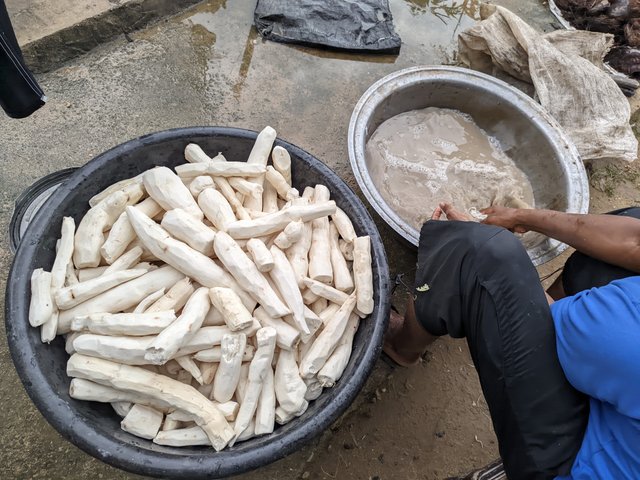 |
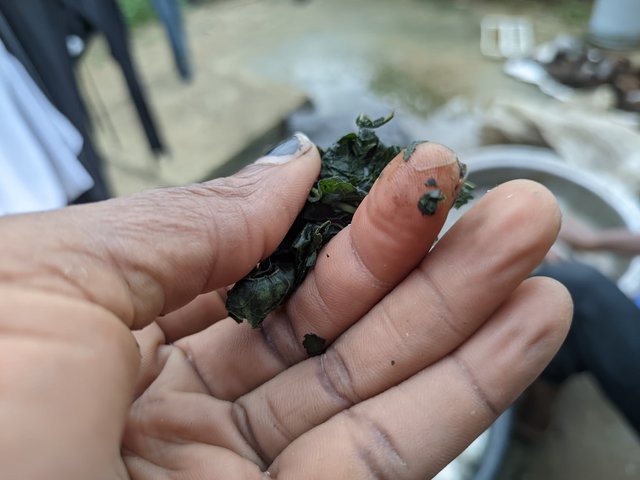 | my finger that was injured after the bleeding stopped |
Gallery showing the Akara made with grated cassava
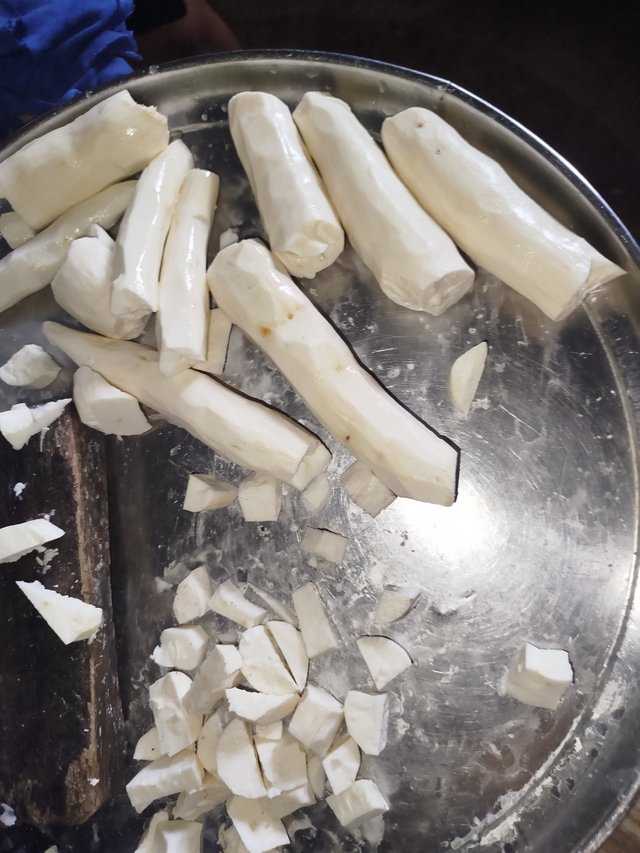 | 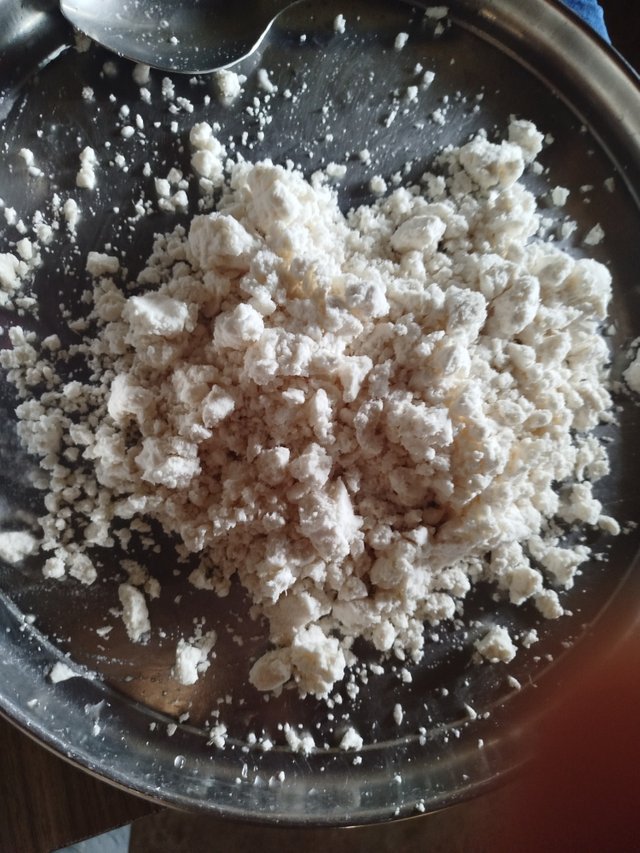 | 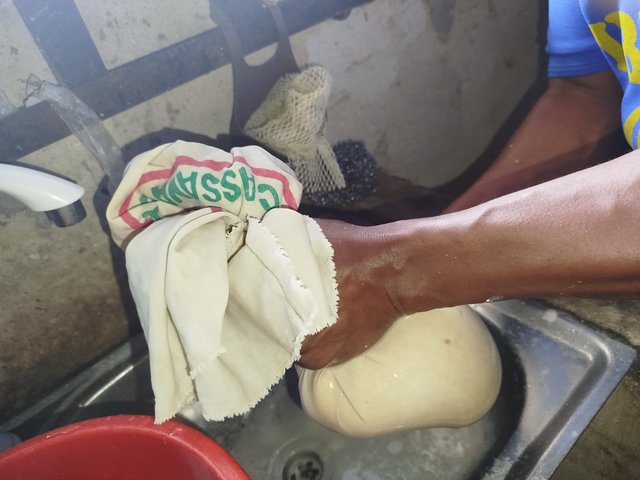 |
|---|---|---|
 | 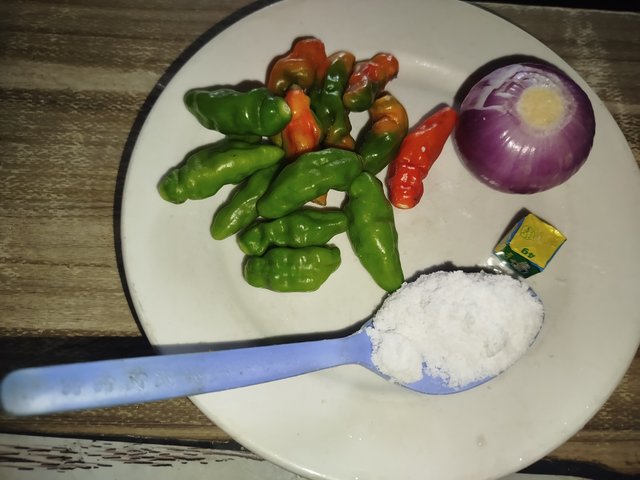 | 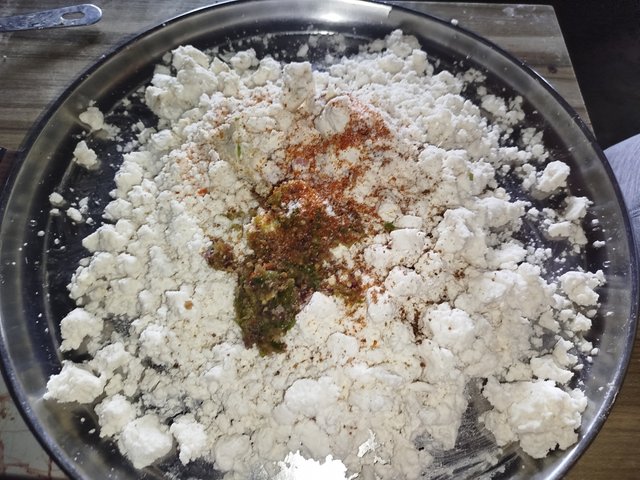 |
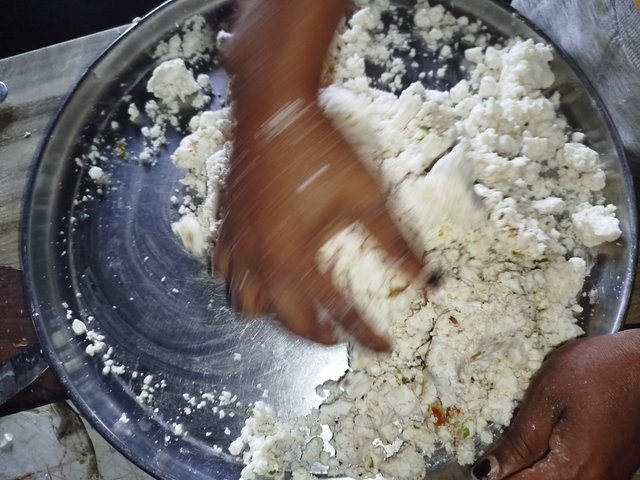 | 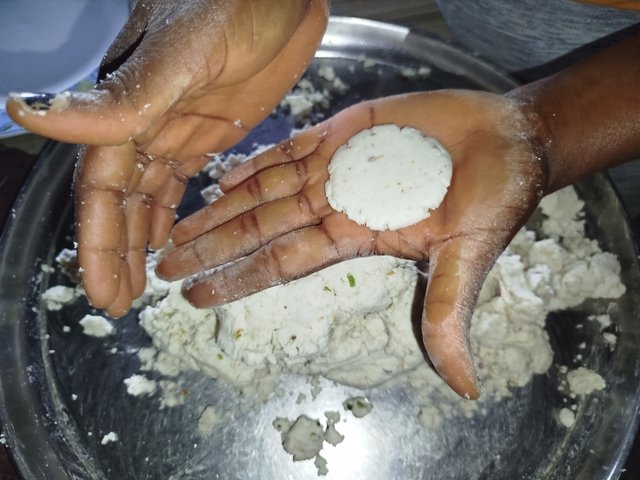 | 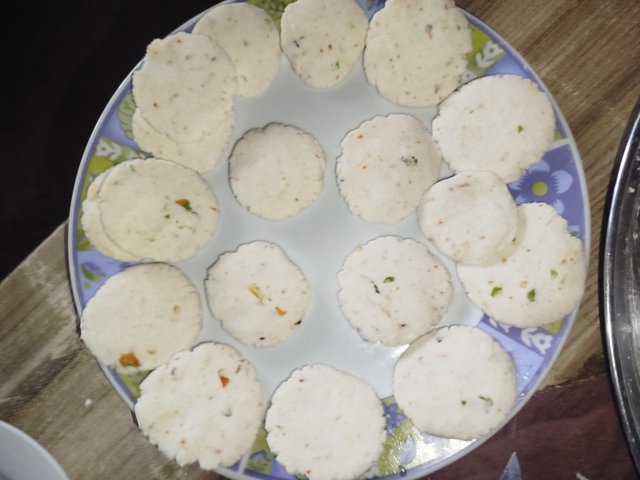 |
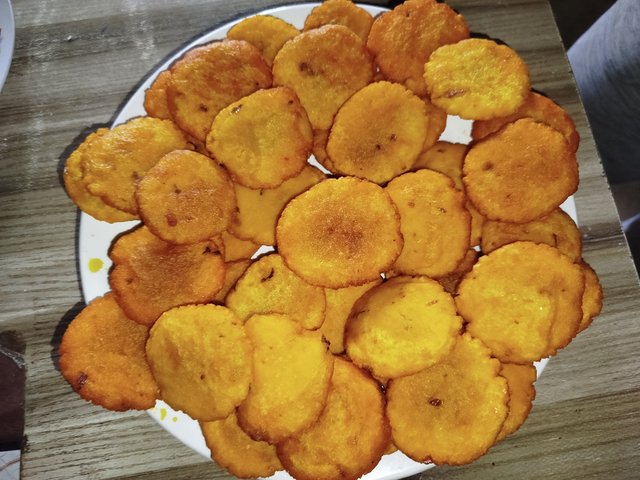 |
The pictures show when the cassava was peeled, cut in smaller quantities to enable the blender blend without difficulties, the water was squeezed after blending, then the ingredients were added and mixed properly. It was moulded in smaller sizes and fried in hit palm oil. You can see how yummy and crunchy it looked
Gallery showing the final stage of the garri processing- frying time
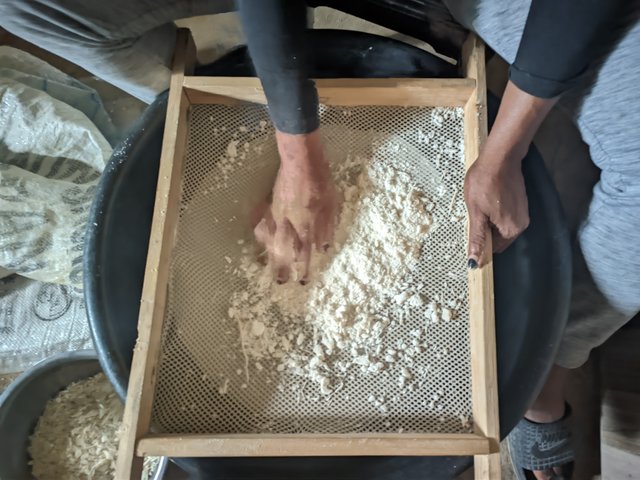 | 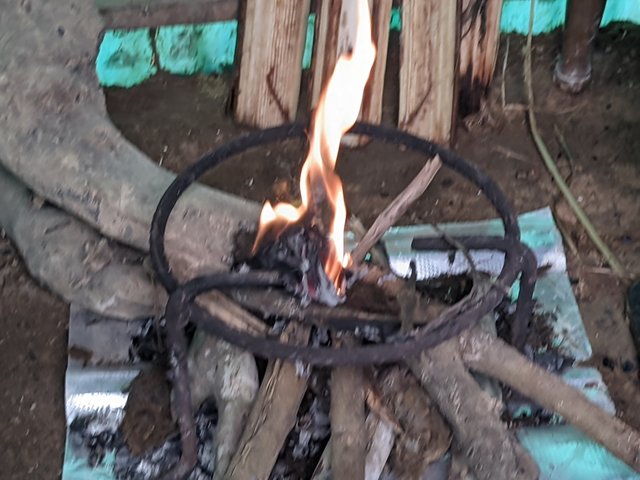 |
|---|---|
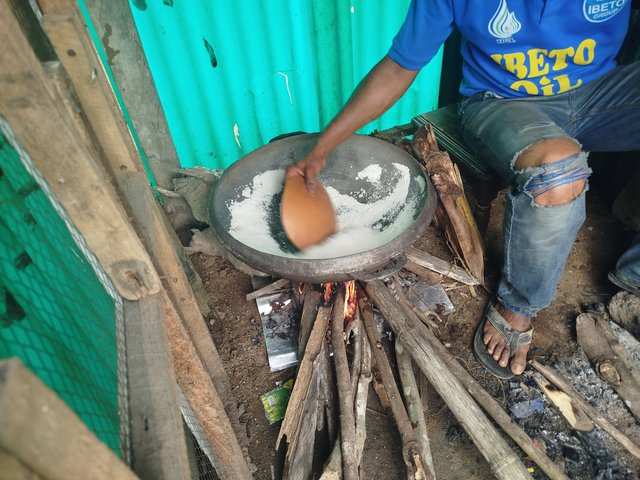 | 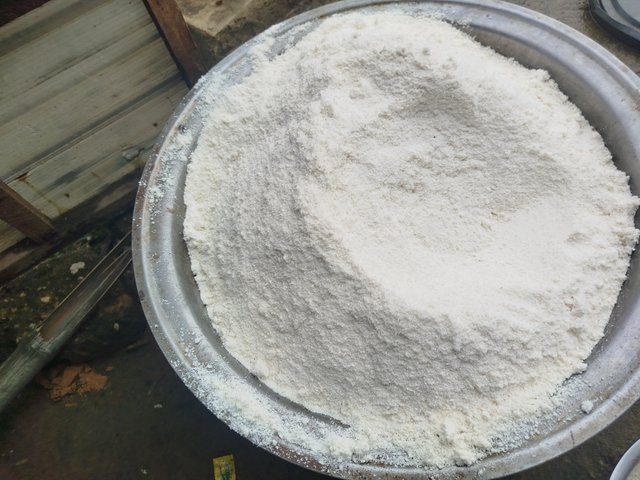 |
That was it on that adventure, it was very rewarding despite challenges. These activities kept me busy from Sunday till today being Tuesday apart from other activities. I am grateful to my kids and husband, it is due to them that we were able to achieve that feat. We will still visit the farm again for another harvest and garri processing.
All pictures are mine, taken with my device either by me or my daughter. We were the media personnel during the process
This is my introductory post here
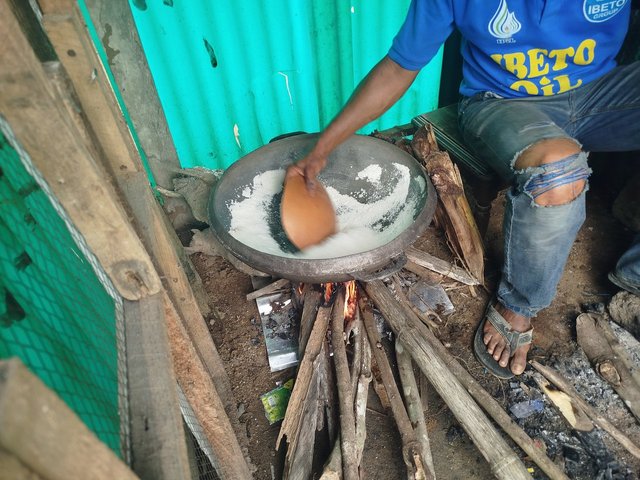


The blessings of garri processing extend beyond just food production. It supports trade, encourages entrepreneurship, and can even be scaled for export. Still, the challenges are real—smoke inhalation during roasting, manual labor fatigue, and poor access to modern processing equipment all pose health and productivity risks to processors.
You have been supported by the team:
Curated by: @dove11
https://x.com/NgoziNwank56943/status/1935160697471562201?t=yCqZ_aTrbaqmGJq_Tm2WCQ&s=19
😲 Wow!! This is superb. Making akarawa and garri at the same day is another set of joy in the house.Food go dey excess.😋 Akarawa is a very delicious snacks. It's been long I tasted this snacks,I hope mine will be preserve for me.😀
You have been supported by the team:
Curated by: @dove11
Thank you so much @dove11 for the support